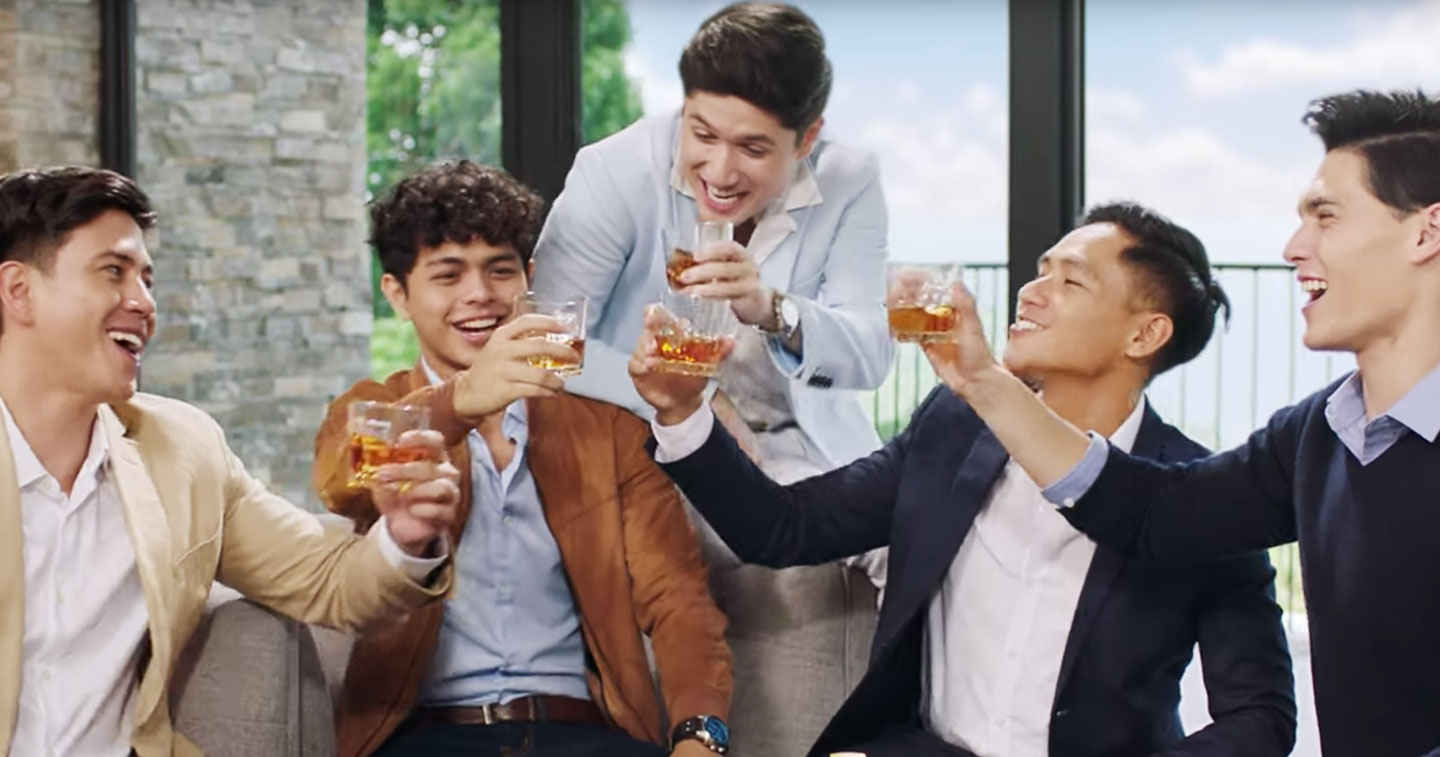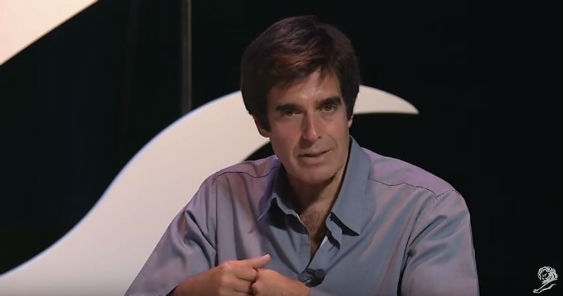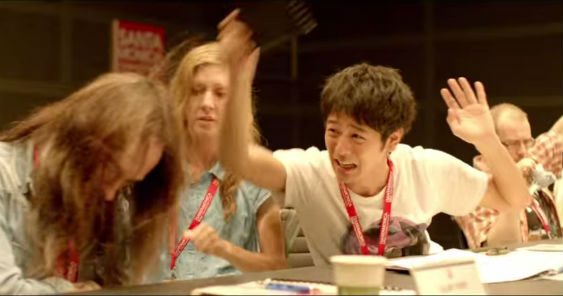MANILA, September 13, 2013 – To find out how to make your brand story spread, take a look at memes, advised Budjette Tan, Deputy Executive Creative Director of MRM Manila, in his presentation on BUYRAL Creative Content Marketing at the 7th Internet and Mobile Marketing Association of the Philippines (IMMAP) Summit 2013.
"A meme is not just funny stuff that you put online," said Tan, adding that the term is defined as "an idea, behavior, or style that spreads from person to person within a culture."
Tan shared that Richard Dawkins came up with the term to rhyme with gene. While biological information is passed on through the gene, cultural information spreads through memes. In Greek, meme means "to imitate or borrow."
Tan gave some examples of memes, such as Levi’s jeans and the term barkada. Levi’s jeans were intended as an outfit for workers, but was eventually considered cool. On the other hand, the term barkada seemed to originate from the Spanish barcada, meaning a small boatload of people.
When it comes to making brand stories memetic, Tan gave the following tips:
1. It needs to be shared
2. It needs to be adapted
3. It needs to be adopted
Tan stressed that to make people share something, it has to move them, whether it makes them laugh or makes them feel proud to be Filipino.
"We can’t just put up planned information on our pages, on our website or whatever it may be and think that people will spread it. We have to provoke an emotional response," he said, comparing two CPR videos, the significantly more successful one featuring a mobster and Michael Jackson music. "It’s the same piece of information, but the other one is more viral, more memetic… It made you remember something very important by using a song. That’s what made the video spread even more and ended up helping a lot of people," Tan said.
Another example was Nescafé’s ‘Earth Defending Giant Auto Robot’ (EDGAR), which was created to inform people that the Nescafe 3-in-1 original had 20 percent more content.
"We wanted people to remember that Nescafe is all about what happens when people come together for coffee. It’s the start of something interesting, something inspired," Tan said of the ad, for which MRM won two Silver awards in Campaigns Effectivity at this year’s Boomerang Awards. What made the ad effective was "entertainment, entertainment, entertainment," Tan said, quoting a Thai creative director on what makes a campaign successful.
Apart from getting people to share a meme, the next step is to allow them to adapt it, the way people made their own versions of Psy’s Gangnam Style video. "What was interesting was that they didn’t just copy it frame by frame, they made it Pinoy and that’s what made it spread," Tan said.
In the same way, the Department of Tourism’s "It’s More Fun in the Philippines" campaign was a success because it got people involved. "We need to allow them to adapt, and give them the tools of course," Tan said, adding that DOT came up with an app that allowed people to upload their photos and insert the font.
Finally, get people to adopt the brand story into their daily lives. One medium where this can be done is Facebook, where Nescafe posts simple things such as "What goes well with your coffee?" "If we talk to them like they were our friends, then they will engage with us more," Tan said.
In some cases, brand stories become a part of tradition, such as Macy’s "Yes, Virginia" campaign, which evolved to include a Christmas musical that made it even more personal for the children. Tan said it was important to allow people to adapt a brand story and play around with it. "We should give them that freedom and eventually they will make it part of their daily life, or maybe if you do it right, it can become part of tradition and culture," he said.





